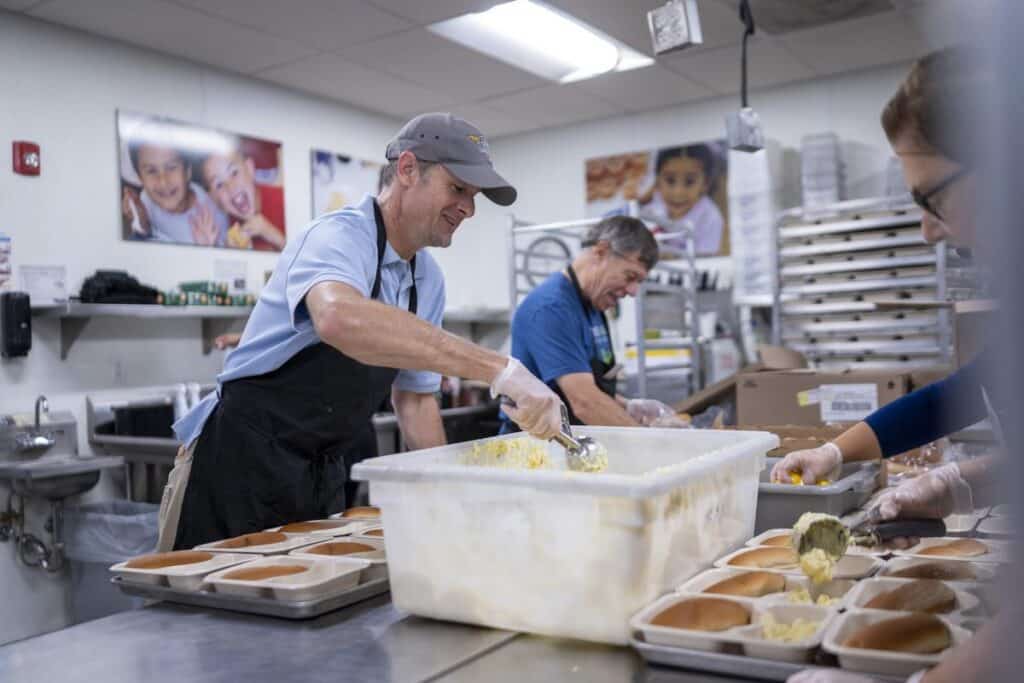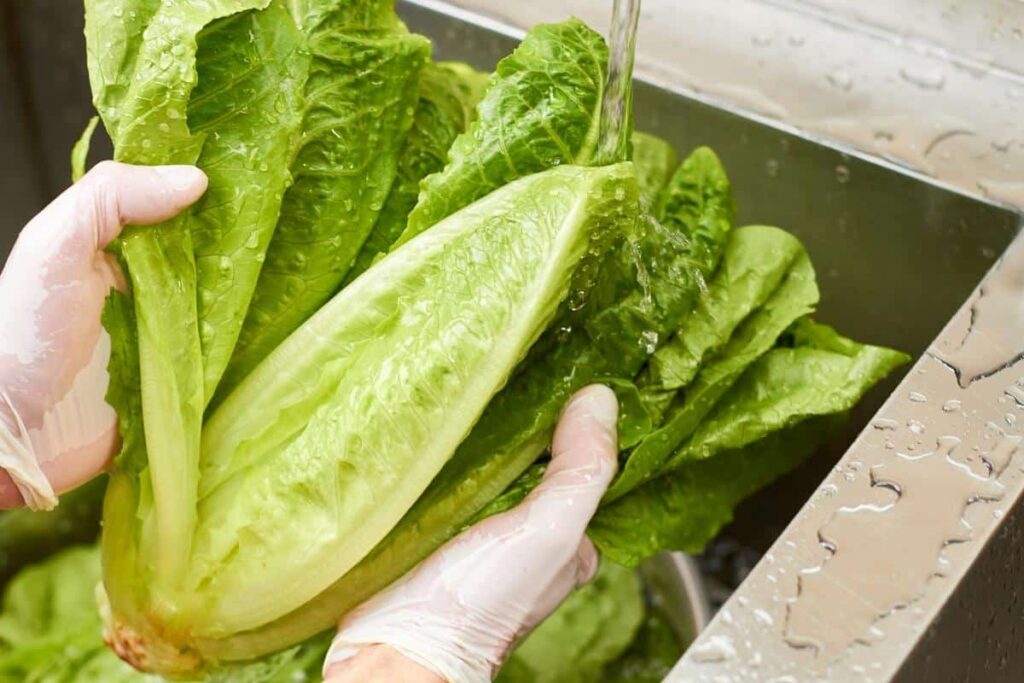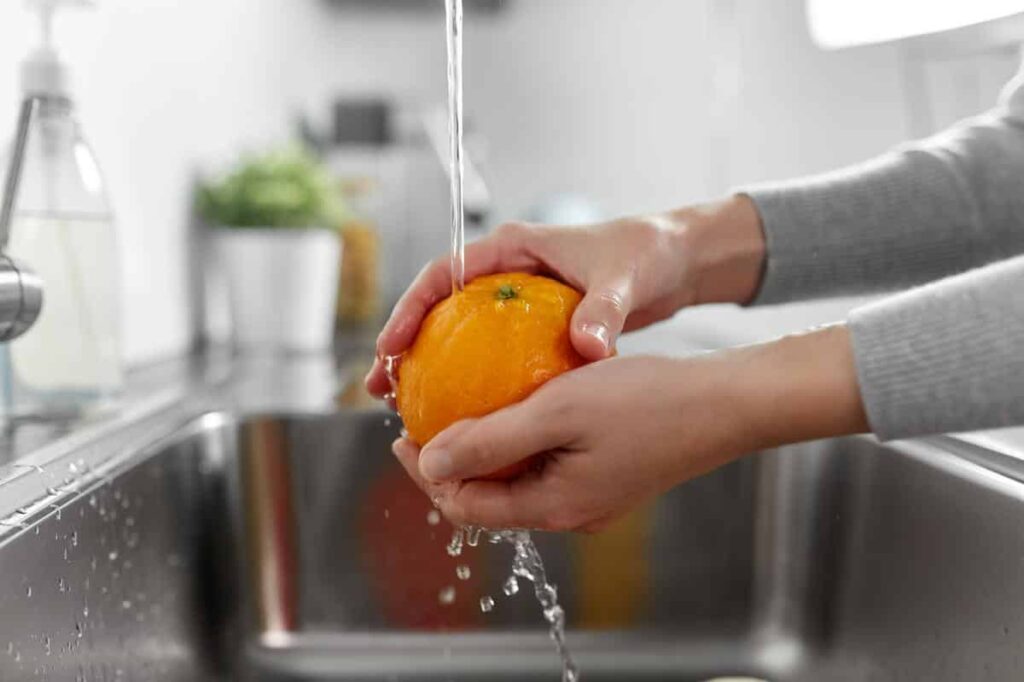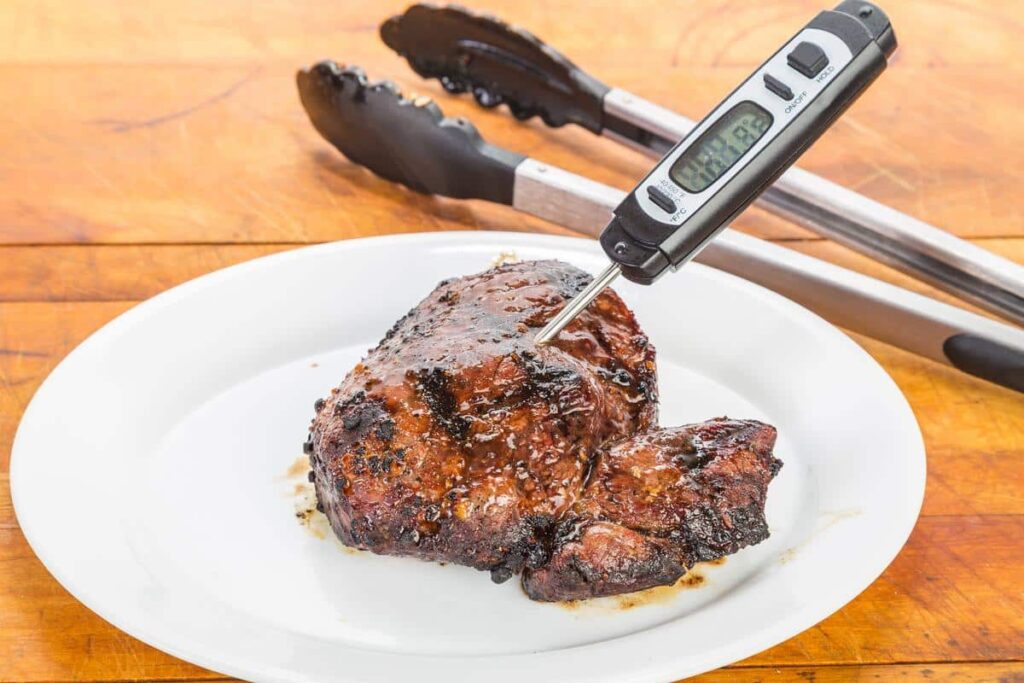
How much do you know about food safety? If you’re like many Americans who have never had formal training in food safety, there’s a good chance that your knowledge is incomplete at best. Even worse, some food safety “facts” that you may have absorbed over the years might actually be food safety myths!
Here’s the problem: Food safety myths aren’t harmless. In fact, a recent study from Europe noted that food safety myths were strongly correlated with instances of foodborne illness. Put in simpler terms, food safety mistakes can have serious health consequences. So let’s get ready to expose some food safety myths and get you the correct info you need to cook with confidence.

Foodborne Illness
Foodborne illness can only be caused by my most recent meal
According to the Washington State Department of Health, most of the harmful microorganisms that cause foodborne illness will take longer than a few hours to make you sick. In some cases, it can take up to several weeks for these microorganisms to cause symptoms, making it especially tricky to ascribe “blame” for any food-related discomfort you may be experiencing.
I eat a plant-based or vegetarian/vegan diet, so I don’t have to worry about foodborne illness
While eating a plant-based diet can be ideal for some folks’ overall health, it doesn’t protect you from all possibilities of foodborne illness. Fruits and vegetables can still carry harmful bacteria if not properly handled. See below for produce tips!

Produce: Fruits and Vegetables
Produce doesn’t need to be washed if you’re removing the rind or skin
It might be tempting to think you can skip washing citrus, melons, mangos, or any other produce product with an inedible exterior, but you should always wash to be on the safe side. Pathogens can carry over from the exterior of the produce and into the parts that you plan on eating via your knife, hands, or preparation surface.
To wash produce, rinse under clean running water, using a soft brush if necessary. Do not use soap or dishwashing liquids to clean your produce, as these products can linger on surfaces and are not intended for human consumption.
Organic or locally grown produce doesn’t need to be washed produce doesn’t need to be washed
While locally grown and/or organic produce may be more sustainably produced and environmentally conscious, it still can be exposed to harmful bacteria during growing, harvesting, and handling. Always take a second to wash your produce, regardless of where it’s from.
Here’s one exception: If your produce is clearly labeled “ready-to-eat” or “washed,” then you don’t need to worry about washing it. This is most common with bagged greens such as lettuce, spinach, and arugula.

Meat
You can determine when meat is fully cooked and safe by checking its color
This myth is extremely pervasive, but we’re here to set the record straight: The only way to determine if your meat is safe to eat is by checking the internal temperature with a thermometer! Whole or ground beef, chicken, or pork no longer being “pink” in the center is not a guarantee that every part of the meat that you’re preparing has reached a high enough internal temperature to kill all bacteria that may be present. The meat’s juices “running clear” are also not an indicator of safety.
Rinsing raw poultry is necessary to remove bacteria
While raw poultry may have a “slimy” texture and appearance, it’s actually unsafe to rinse it in your sink before preparation. It’s unnecessary from a safety perspective to rinse any meat product before preparation, and doing so can actually cause bacteria to spread into your sink and other nearby areas in your kitchen, which can cause cross-contamination.
Instead, take a break to wash your hands for at least 20 seconds in hot water before doing anything in your kitchen after handling raw meat.
Thawing or marinating meat at room temperature is always safe
When you thaw meat at room temperature on the countertop, the temperature in parts of the meat can get high enough to allow bacteria to grow at alarming rates. Always thaw meat in the refrigerator or in a bath of cool, running ice water to keep temperatures below the “danger zone” line of 40 degrees F.
If you’ve thawed your meat at or below that 40-degree line in the refrigerator, you can safely re-freeze it! Due to the imprecise nature of the cool water bath method, it’s best not to risk re-freezing after defrosting in this manner.
While you might be tempted to think that the acids in a marinade will keep your meat safe from bacteria growth, this is not the case. Always leave marinating meat in the refrigerator!

Prep and Storage
Refrigerating or freezing food kills all bacteria
Freezing or refrigerating food doesn’t make it any safer to eat if bacteria is already present, as bacteria can survive freezing temperatures. Seal meat products safely and store them on your fridge’s bottom shelf to avoid cross-contamination.
You shouldn’t put hot food in the refrigerator
We’re not sure how this one got started, but hot food is safe in the fridge. In fact, you need to put your leftovers away in the fridge before two hours has elapsed after cooking to make sure that bacteria hasn’t had a chance to grow on your leftovers.
Once your leftovers have sat out for more than two hours, nothing can save them — even re-heating them, and even if they look and smell “okay.”
Plastic or glass cutting boards are always safer than wood
Any cutting surface that’s been worn-in enough or improperly cleaned can develop bacteria, regardless of what material it’s made out of. Always sanitize cutting boards before use with soap and water, and discard cutting surfaces that are worn down or have deep grooves, as they can be especially difficult to clean fully.



